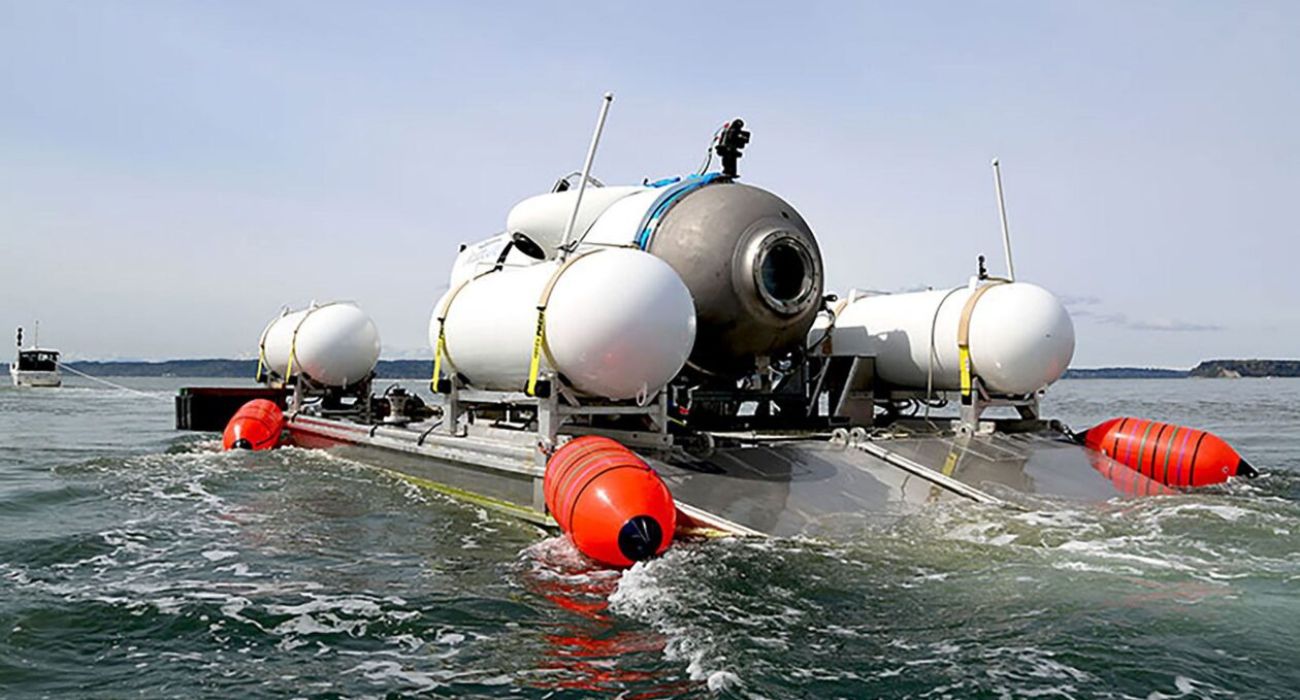Last week the search for OceanGate Expeditions’ missing submersible vessel confirmed the tragic deaths of five people and incurred millions of dollars in costs — but who is going to foot the bill?
As covered in The Dallas Express, a four-day search and rescue effort was recently launched to find five individuals aboard a submersible vessel that imploded while touring the underwater ruins of the Titanic. The tour, organized by OceanGate Expeditions, cost each passenger $250,000.
The massive mobilization of public and private entities from several countries scoured thousands of miles of ocean across — twice the size of Connecticut — and 2.5 miles deep.
Ultimately, debris from the submersible was found on June 22, suggesting that Stockton Rush, Shahzada Dawood, Suleman Dawood, Hamish Harding, and Paul-Henri Nargeolet had been killed.
While the U.S. Coast Guard has launched an investigation into what exactly happened to the submersible, other questions loom as to how much the rescue effort will cost and who is going to pay for it.
“Five people have just lost their lives and to start talking about insurance, all the rescue efforts and the cost can seem pretty heartless — but the thing is, at the end of the day, there are costs,” said Arun Upneja, dean of Boston University’s School of Hospitality Administration, according to NBC 5.
Experts estimated that the search cost millions of dollars, with the U.S. Department of Defense deploying a number of expensive military vehicles to help in the search, News Nation Now reported.
In the case of the U.S. Coast Guard, maritime law prohibits any kind of cost recovery.
“As a matter of U.S. law and Coast Guard policy, the Coast Guard doesn’t charge for search and rescue,” Rear Admiral John Mauger told reporters, according to Insider. “We always answer the call.”
Yet the question of whether wealthy individuals engaging in risky adventures should bear responsibility for the costs incurred when things go awry is not new.
“This is one of the most difficult questions to attempt to find an answer for,” explained Pete Sepp, president of the National Taxpayers Union, according to NBC 5.
In the 1990s, Chicago millionaire Steve Fossett and British billionaire Richard Branson partook in several hot air balloon adventures, with one landing them both in the ocean off the coast of Hawaii and resulting in a U.S. Coast Guard operation that cost upwards of $130,000.
Then in 2007, Fossett’s plane disappeared over Nevada. The National Guard attempted to find the wreckage for months, costing taxpayers $685,998.
“We believe the search conducted by the state of Nevada is an expense of government in performance of government action,” read a statement from a lawyer for the Fossett estate, NBC 5 reported.
Some states have toyed with charging people for rescue efforts resulting from irresponsible behavior. For instance, Arizona considered a “stupid hiker law” due to the number of unprepared people needing rescue after attempting to hike in triple-digit heat.
Still, Butch Farabee, a former ranger involved in numerous rescue operations in the Grand Canyon, argued against charging for rescue services since it might deter people from calling for help, according to NBC 5.
“[T]hey won’t call for help as soon as they should and by the time they do it’s too late,” Farabee said.







Trackbacks/Pingbacks